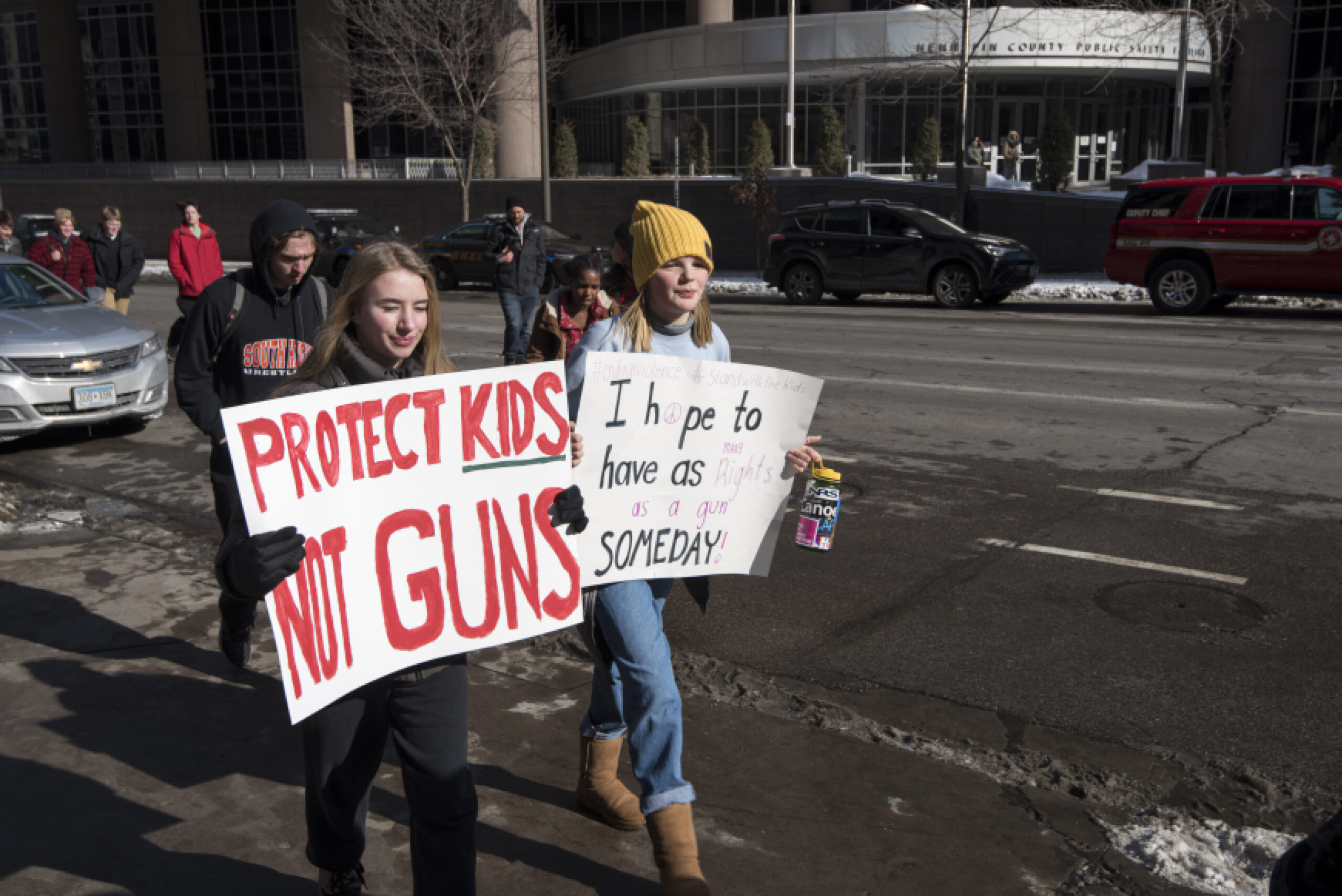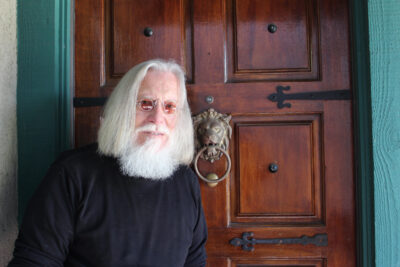Lately, I’ve been thinking of the violence that permeates my adopted country, like the filth-scented air that wafts high above a garbage disposal plant. A violence created in a country that has culminated in a mutated Republican Party that has now been hoisted by its own petard, what was left of its humanity fatally wounded by its own ideological preachments and hunger for raw, uneducated power (not that the Democratic Party has helped much, either). It is a violence that accumulates in your memory where it sticks like a spiderweb, where it marks its moral trajectory like a dog marks a tree, where it serves to portend yet more fateful tragedies for the country. I am, of course, talking about mass killings in America.
I first read about a mass killing in the United States in 1963, the same year that President John F. Kennedy was assassinated. I was fifteen and attending high school at the time in my native Canada. Twenty-two people were injured, and four girls died when the Sixteenth Street Baptist Church in Birmingham, Alabama, was bombed during a Sunday church service. The next mass killing that I recall was publicized nationally in Canada occurred three years later when a man named Charles Joseph Whitman slaughtered his mother and wife before entering the campus of the University of Texas at Austin, where he killed fourteen more people, eleven of whom were shot from the university clock tower. A couple of years later, I rode the Greyhound Bus and hitchhiked to San Francisco and Los Angeles to protest the US invasion of Vietnam (this was during the time of the Tet Offensive), a war that eventually took the lives of over 58,000 US service members and 3 million Vietnamese. It was the same year that Martin Luther King and Bobby Kennedy were assassinated. I was going to head off to the Democratic National Convention in Chicago on my way back to Toronto. The Chicago police cracked a lot of heads with their riot batons that week, so, in retrospect, I was glad that I decided instead to head back to Toronto to decide my future college plans. Just over a decade and a half later, I finished my undergraduate degree and was working on a Master’s while teaching as an elementary school teacher, grades 2-8.
By 1985, I had finished my PhD, and my family and I decided to immigrate to the United States after receiving a job offer from Miami University of Ohio (with the generous help of Henry Giroux). My family and I were a little nervous about the violence associated with living in the United States, especially since it was only a year after the San Ysidro McDonald’s massacre in San Diego, California, where a shooter gunned down 21 people and wounded 19 others. I was assigned to teach on the university’s satellite campus in Hamilton, Ohio, where, during my first class, one of my female students received a death threat from her husband. Hamilton, it turns out, was the site of the Easter Sunday Massacre, which occurred on Easter Sunday, March 30, 1975, when James Urban Ruppert fatally shot eleven of his own family members in his mother’s house. In October 1989, my daughter was attending Talawanda High School in Oxford, Ohio, when two students wore their parents’ KKK robes to school for Halloween and shouted out racial epithets.
That following April, my daughter and her husband-to-be took photos of a KKK march through the centre of town, not far from our house. I was in my seventh year at Miami University of Ohio and in negotiation with UCLA, as I watched in horror the television replays of the brutal beating of Rodney King by Los Angeles police officers in 1991. The following year, I left for my new position, which was just prior to the Los Angeles Race Riots when South Central LA was in flames after a jury acquitted four officers of the Los Angeles Police Department (LAPD) charged with using excessive force in the arrest and beating of Rodney King.
By 1994, I was settling into my new position when it was announced in the media that Jeffrey Dahmer, also known as the Milwaukee Cannibal – who had committed the murder and dismemberment of seventeen men and boys between 1978 and 1991 that involved necrophilia, cannibalism, and the permanent preservation of body parts – was bludgeoned to death by a fellow inmate at the Columbia Correctional Institution. That was the same year that the media ran major headlines that John Wayne Gacy – who had raped, tortured, and murdered at least 33 young men and boys (he regularly performed at children’s hospitals and charitable events as ‘Pogo the Clown’ or ‘Patches the Clown) – was executed by lethal injection at Stateville Correctional Centre.
Five years later, Americans woke up to learn that there was a mass killing at Columbine High School in Littleton, Colorado, when two teens went on a shooting spree, killing 13 people and wounding more than 20 others. Then, in 2007, the media reported a shooting at Virginia Tech in Blacksburg, Virginia, where the shooter left 33 people dead. After that, there was the Sandy Hook Elementary School shooting that occurred in 2012 in Newtown, Connecticut, when a gunman killed 26 people. Twenty of the victims were children between six and seven years old, and six were adult staff members. That same year, in Aurora, Colorado, during a midnight screening of the new Batman movie The Dark Knight Rises, a gunman opened fire on the audience, killing 12 and injuring 58 people.
In 2016, Americans learned that there was a mass shooting that occurred at the Pulse Nightclub in Orlando, Florida, that briefly became the deadliest mass shooting in America, as a gunman shot 49 people dead. On October 1, 2017, a gunman fired into a crowd at a music festival in Las Vegas, killing 58 concertgoers and injuring 867 people. Then a month later, news reports came out that there was a mass shooting in New Braunfels, Texas, at the First Baptist Church in Sutherland Springs, that left 26 people dead, including an unborn child. Twenty-two others were wounded. On February 14, the following year, a gunman walked into Marjory Stoneman Douglas High School in Parkland, Florida, and killed 17 students and staff. In October of the same year, the Tree of Life – or L’Simcha Congregation synagogue in the Squirrel Hill neighbourhood of Pittsburgh, Pennsylvania, was attacked during Shabbat morning services. The perpetrator killed eleven people and wounded six, including several Holocaust survivors. It was the deadliest attack ever on the Jewish community in the United States.
This year, a white man entered a Tops Friendly Markets supermarket in the East Side neighbourhood of Buffalo, New York, and killed ten black people and injured three other people. Only ten days later, in Texas, nineteen children and two teachers were killed by an 18-year-old gunman in a shooting at Robb Elementary School in Uvalde, Texas. Seventeen people also suffered non-life-threatening injuries in the shooting. Only three days after this mass slaying, President Trump performed a grotesque dance onstage at a National Rifle Association conference in the aftermath of the Uvalde, Texas school shooting. How anyone could support this man and claim to love America is mind-boggling.
Of course, much more could be written about the racial violence in America and its relationship to capitalist social relations – especially with regards to violent assaults against and murders of black men by white police officers and the structural racism that pervades US society. During my nearly 40 years in the US, there have been attacks made on Afghanistan, Iraq, Yemen, Syria and Libya, and other sites and drone strikes have targeted Lebanon, Libya, Pakistan, Palestine, and Somalia. Over the past twenty years, US and allied air forces have dropped more than 337,000 bombs and missiles on other countries – an average of forty-six strikes per day, seriously undermining international peace and security.
There are times when hopelessness comes on like a gas attack, ripping away at the lungs and buckling the legs. At this present moment, dozens of states are restricting how race is taught in their state school curriculum, and books are being banned. There is even talk of civil war. Fascism has gained more than just a foothold here much more quickly than I had previously predicted, thanks to Trump and his minions. Critical pedagogy seems outside the range of sustainability.
But, even in the midst of despair, the goodness of human beings makes itself all the more visible. Quickly you discover people who have felt first-hand the all-pervasiveness of the violence who are not retreating. It is they that give new meaning to the struggle for social justice in what seems, at times, an unremitting feeling of despair. It is this overwhelming and saturating violence that must be contested in the arena of education, with a renewed commitment to critical pedagogy – not a retreat from its moral centre of gravity. The Republican far-right understands this, and it frightens them, which is why in their attacks on the courts, the right to vote and women’s rights, they are readying the country for minority rule. Hence, their continued assaults on teachers and programs such as critical race theory. It is their fear that is destroying democracy in America and will continue to destroy it if we give up, even in the midst of so much violence.
We can become unmitigatedly despondent when the ethno-nationalists and white supremacists try to clutch at our brainstems and tell us that the good guys need more guns in order to confront the bad guys, when Charlie Kirk’s Turning Point shows up on our campus, when Trump does his obscene rumba impersonation on stage so soon after mass slaughters, when our universities try to conspire against public intellectuals on campus and attempt to unbraid our activism from our scholarly research. It is at that moment that we ask for hope. We will not find the answer to hope stretched across the firmament, but we may find it in our own struggle, on the picket line, on a march against fascism, in our fight against racism, and find that it sings a true tune without words, as Dickinson writes, and that, as with Shakespeare, flies with swallow’s wings. It may burst overhead like a thunderclap or move slowly like a southern drawl across the desert sands, we cannot say. We cannot reason with hope, in that we assuredly are to be feted by defeat. We can only wait for hope to join our struggle on its own accord. That we are fated to live without guarantees is itself part of the struggle.



